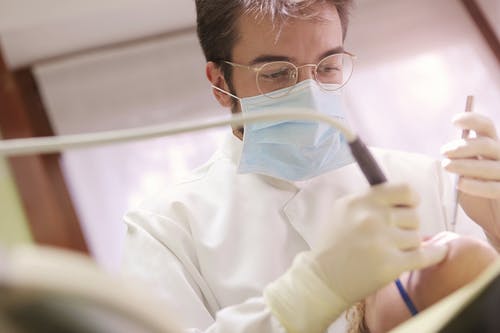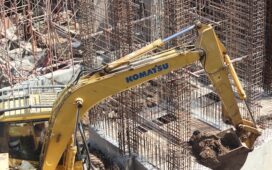It can be distressing to undergo an orthodontic emergency but you will be able to manage this effectively when you understand what to do. Some of the emergencies you can face are broken braces, wires protruding etc. and these can happen when you least expect it.
Some orthodontic emergencies will need immediate attention.
Some common issues you will run into are loose or broken brackets, wires poking out and injuring the inside of your cheek, tongue and gums, loose spacers, retained being damaged etc. You have to understand the severity of the issue so that you can determine the best course of action. Some situations can be handled at home for a short time while others will need a visit to the orthodontist. If you are wondering how to know if you have a dental emergency, you need to first assess the situation which means that you have to understand the extent of the damage done.

Check to see what the source of discomfort is.
If there is a loose bracket, there can be some irritation but this is not an immediate threat. But when there is a wire poking into your cheek or gum, it can lead to significant pain and you will need to address this right away. Broken brackets can be quite common. Sometimes the bracket is loose but it will be attached to the wire still. In this case, you can use orthodontic wax to temporarily secure it. The inside of your mouth will be protected from the bracket as the wax is there. Sometimes the bracket can come loose entirely and in this case, you will need to keep it safe and contact your orthodontist and ask what can be done. You will need to maintain continuous oral hygiene but take care to be gentle around the affected area.

If there are wires poking or protruding,
It can injure the soft tissues in your mouth. You can try to reposition the wire using a clean pair of tweezers. You can also cover the end of this wire with orthodontic wax. If you don’t have this, you can use a pencil eraser or a cotton ball. If all of these methods fail, you can try to cut the wire to get some temporary relief by using sterilised nail clippers. But you need to contact your orthodontist after this. Sometimes the spaces can fall out. These are the small metal devices or rubber bands that will be placed between your teeth. You may not need to replace it immediately if you have an upcoming appointment anyway. But you will need to contact your orthodontist to see what can be done. Pain and discomfort can be quite common with orthodontic treatments and you can use over-the-counter pain relievers especially after the adjustments. Irritated tissues can be soothed when you rinse your mouth with warm salt water. You will need to contact your orthodontist if the pain persists or goes beyond a few days.














